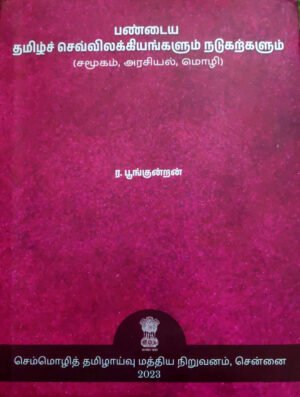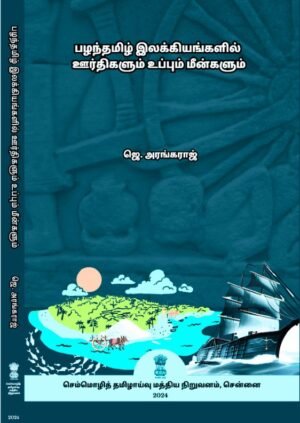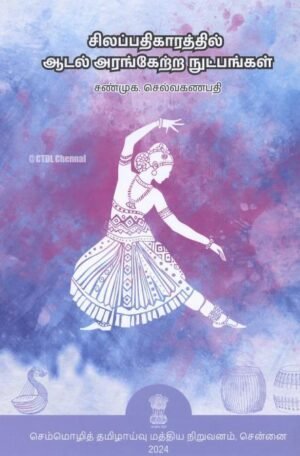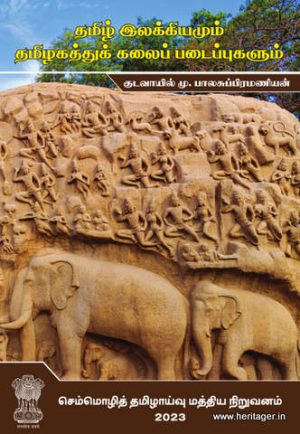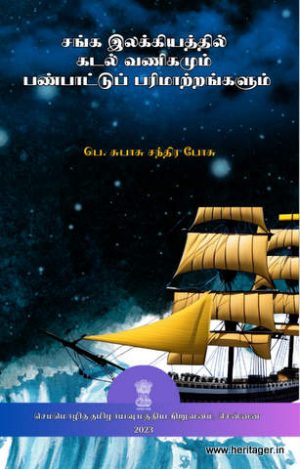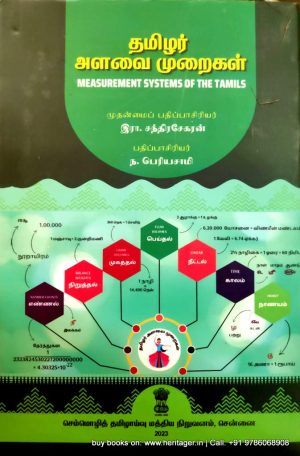Description
Naṟṟiṇai Nāṉūṟu (Naṟṟiṇai Four Hundred), called Naṟṟiṇai in brief, is a collection of 400 Akam verses (excluding the invocatory verse) and is by tradition counted first among the eight anthologies of the Caṅkam period. The verses of this anthology vary in length from 9 lines to 12 lines, except verses 110 and 379 which have 13 lines each. Verse 385 has come down to us only partially (7 lines); verse 234, believed to have been lost, is now traced to the illustrative verse of Iṟaiyaṉār Akapporuḷ verse 28, found in its commentary. On the basis of the remaining 396 verses, it can be said that Naṟṟiṇai represents a middle position, in that Kuṟuntokai verses vary in length from 4 to 8 lines, while Akanāṉūṟu verses vary from 13 to 31 lines. The patterns of the line length of these three Akam anthologies may point not only to the structural unity of each of these three anthologies but also to the fact that anthologization of the Akam poems has been done on certain criteria of form and structure. In Kuṟuntokai, representation of mutalporuḷ (landscape and time) and karupporuḷ (characteristic regional features such as flora and fauna) is extremely restricted or condensed, while in Akanāṉūṟu this representation is relatively lengthy and elaborate. In this respect, Naṟṟiṇai strikes a golden mean, earning for it the attribute nal meaning ‘fine,’ ‘excellent’ (Nal+ tiṇai – Naṟṟiṇai: excellent poems on Akam love). While the name of the compiler of Naṟṟiṇai is not known, it is said to have been collected and anthologized under the patronage of Paṉṉāṭu tanta Pāṇṭiyaṉ Māṟaṉvaḻuti. The number of poets who composed the Naṟṟiṇai verses is variously fixed at 175, 187 and 192, with some of these poets being credited with more than one poem; 56 verses are ascribed to anonymous poets. The distribution of verses under the five landscape divisions (tiṇai) is: kuṟiñci (mountain region) – 132; mullai (sylvan tract) – 28; marutam (cultivated plains) – 32; neytal (littoral tract) – 102; and pālai (desert tract) –106. These verses are composed in the akaval metre, one of the four basic metrical types in Tamil, that employs akaval rhythm (the loud notes of call like those of a peacock), with each line having four feet except the penultimate line which is usually of three feet. Pages: 865

